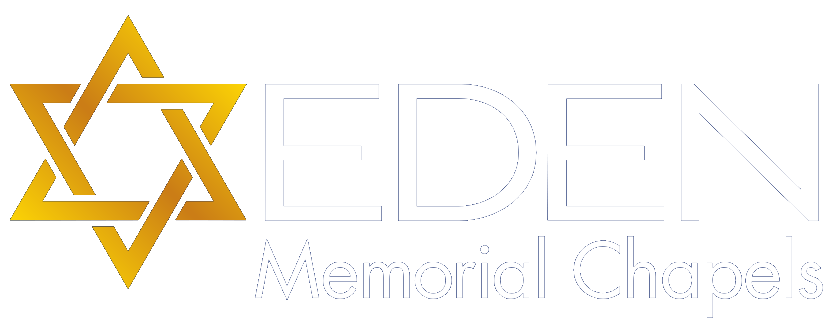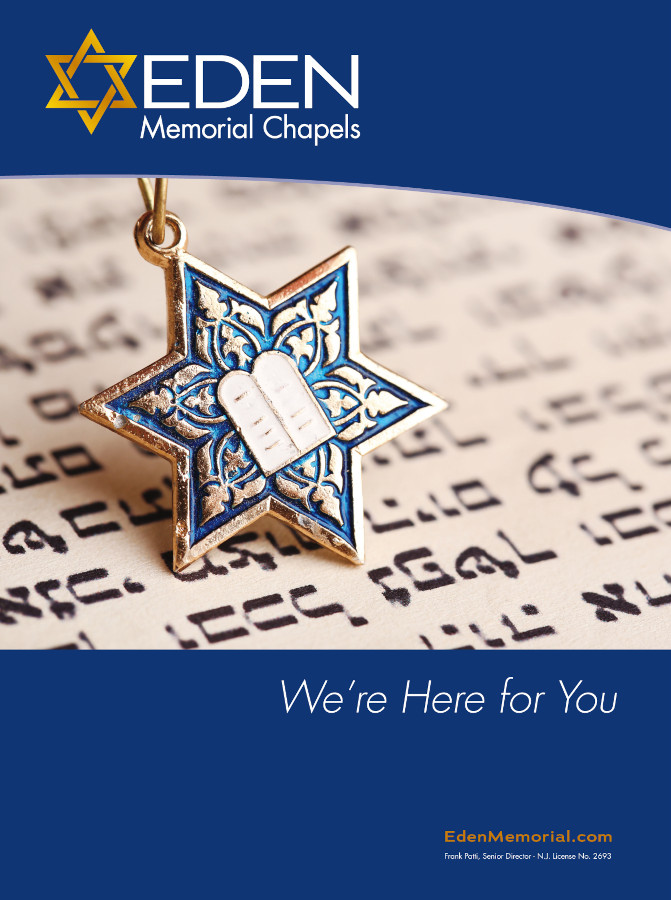Shiva & Mourning Customs
Shiva
Following the funeral, a period of mourning, known as Shiva, begins. The term “Shiva” is derived from the Hebrew word for seven, signifying the traditional seven-day duration during which immediate family members observe mourning customs. However, some Jewish denominations have shortened this period to three days or even less.
Mourning is a highly personal choice, and there is no right or wrong way to grieve. All sects of Judaism generally adhere to the same customs during the mourning period.
It’s important to note that Shiva is not observed on Shabbat or holidays. If a funeral occurs before a Jewish holiday, and mourners have observed Shiva for at least one hour before the holiday starts, then the Shiva period concludes with the onset of the holiday at sunset. If a funeral occurs during the intermediate days of a holiday, such as Passover, Shiva begins on the night the holiday ends. Children under the age of 13 are not obligated to observe the mourning rituals.
The Shiva Candle
The Shiva candle is traditionally lit upon returning from the burial and remains lit in the house of mourning for the entire seven-day Shiva period. In cases where immediate family mourners need to return to their home in another location and wish to continue sitting Shiva, it is not uncommon for another candle to be lit at that location to symbolize the ongoing observance of mourning rituals. This practice allows for the extension of the Shiva period and the continuation of the mourning process in a different setting.
Etiquette for a Shiva House
- Upon entering a house of mourning directly from the cemetery, it is customary to place a pitcher of water outside for the ritual washing of hands.
- When visiting a house of mourning, it's essential to be mindful of the family's need for private time, especially during meals. Your presence during the Shiva service is greatly appreciated, and the timing of your visit should be considerate.
- Entering a Shiva house without knocking is customary, and mourners are not expected to greet friends at the door.
- In times of grief, people often feel the need to find the right words to console others. However, there are no perfect words. Your presence and your ability to listen to those in mourning can be more meaningful than any words. Many mourners find comfort in sharing memories or stories of their loved ones.
- It is customary for family and friends to provide meals for the grieving family during the Shiva period in a house of mourning. This gesture helps ease the burden on the mourning family during a challenging time.
Sheloshim - The First Thirty Days
Shiva marks the initiation of the first thirty days of mourning following the funeral. After completing the Shiva period, mourners gradually resume their regular daily activities, both professionally and socially, although some restrictions may still apply.
Throughout the Sheloshim period, participating in festive activities is generally discouraged. While weddings are permitted during this time, mourners are not expected to attend the reception.
In the case of mourning a parent, this mourning period may extend beyond the typical thirty days. Mourners are encouraged to seek guidance from their Rabbi for proper advice and direction during this extended period of mourning.
Shanah
In Jewish mourning customs, the first year after a person’s death is a period of intense mourning. However, the formal mourning period concludes at the end of 11 months. This duration recognizes the significance of the twelve-month cycle but concludes the structured mourning practices slightly before the full year.
Arranging a Monument and Inscription
It is customary for all Jews to appropriately mark the grave of a loved one, although the specific type of headstone is not explicitly specified. Each cemetery typically has its own set of guidelines for approved headstones. For more information, it is advisable to reach out to your Rabbi or the cemetery authorities.
Once the guidelines are known, an appointment can be scheduled with a monument company to finalize the inscription on the headstone before the first anniversary of the death. This ensures that the memorialization is completed in accordance with the established customs and within the designated timeframe.
Unveiling of the Headstone
The marking of the gravesite with a headstone or monument is traditionally done one year after the death, symbolizing the conclusion of the formal mourning period. However, it is entirely acceptable to hold the unveiling at any time after the initial thirty days, providing flexibility to the family’s preferences and circumstances.
Yahrzeit
Yahrzeit, the annual anniversary of a death in Judaism, is observed by mourners. Commencing at sunset on the day preceding the anniversary, a memorial candle is lit to mark the occasion until the conclusion of Yahrzeit at sunset on the anniversary date. Observing Yahrzeit provides an opportunity to recite the Mourner’s Kaddish prayer during synagogue services and to give Tzedakah in memory of the departed loved one. This ritual serves as a meaningful way to honor and remember the deceased on the anniversary of their passing.
Yizkor
Yizkor, meaning “remember,” is the memorial service recited four times a year in synagogue. Traditionally, a yahrzeit candle is lit before the fast begins on Yom Kippur and before sunset on other holidays. It is recommended to consult with your rabbi for proper guidance on observing Yizkor, ensuring that you adhere to the specific traditions and practices associated with this memorial service.
Tzedakah
Contributions made in memory of a loved one serve as a meaningful way to perpetuate their memory through acts of loving kindness. Many individuals choose to make donations or endowments to the loved one’s favorite organization or institution as a tribute. This practice not only honors the memory of the departed but also supports causes that were dear to their heart, creating a lasting and positive impact in their name.

Order a printed copy of our comprehensive free funeral planning guide below.
"*" indicates required fields








Planning a funeral for a family member is something no one wants to do. With the guidance of Eden Memorial Chapels it is done with grace, care and compassion.